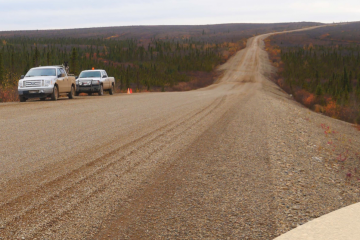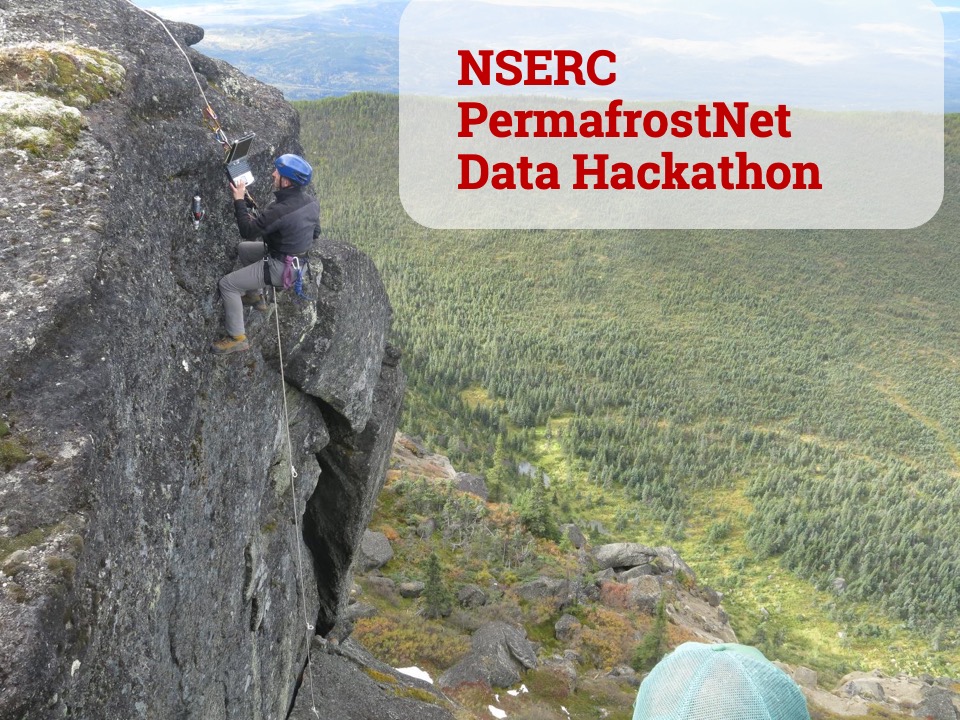“The NTAI’s focus on climate change was distinctive and forward looking at the time. Now it is recognised as integral to long-term management of transportation infrastructure.”
Christopher Burn, Carleton University
Transport Canada’s Northern Transportation Adaptation Initiative (NTAI) is the first organized national program in Canada to address northern transportation infrastructure stability in anticipation of climate change. From 2011 to 2021, NTAI has helped northern agencies to prepare for challenges anticipated from climate change for transportation infrastructure built in the permafrost environment.
The NTAI contributed to several important developments in our understanding of climate change impacts on infrastructure and potential strategies to manage these effects. When the NTAI was conceived, the primary risk to the transportation network was considered to be from thawing and loss of embankment integrity. The research conducted through the program identified a range of other geohazards, especially derived from a more active hydrologic regime and from thermokarst development close to infrastructure.
Following the 2021 NTAI Annual Network Meeting Emma Stockton, Christopher Burn and Jen Humphries have compiled a special 24 page report on Transport Canada’s NTAI Program. You can download the report here.
“The NTAI has played a unique role in Transport Canada’s climate change agenda, influencing the way the department designs and implements programs, and helping to inform funding decisions. Northern jurisdictions own much of the transportation infrastructure in Arctic regions, and their active involvement in this program has helped target permafrost research to areas of most pressing need, ensuring the program’s continued relevance. Overall, the NTAI is a great example of how research/industry/government collaboration can drive policy change and action to enhance the climate resilience of transportation systems in Canada’s permafrost regions.”
Maxine Bilodeau, Director of Climate Change Adaptation & Planning for Transport Canada

















